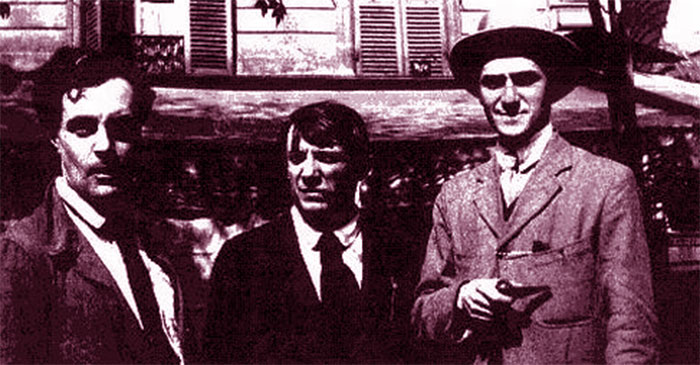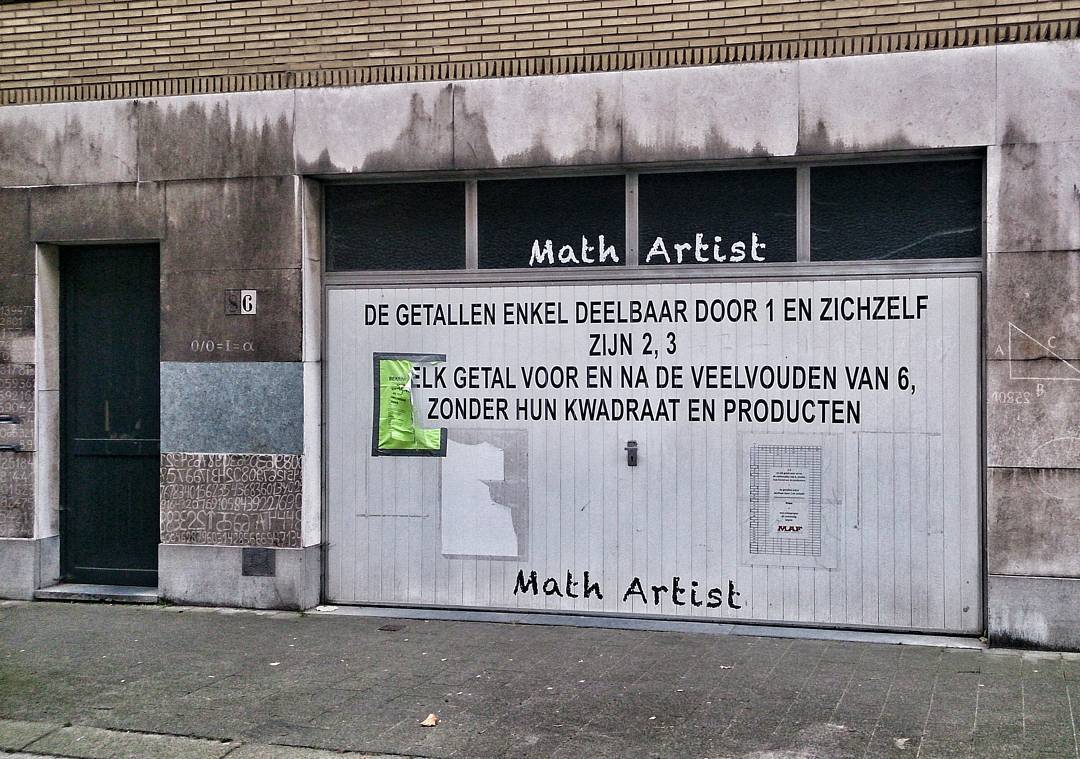As far as I know there are no recent developments in the story of Grothendieck’s Lasserre writings.
Since may 2017 the Mormoiron part of the notes, saved by Jean Malgoire, are scanned and made available at the Archives Grothendieck.
Some of Grothendieck’s children were present at the opening ceremony, and an interview was made with Alexandre jr. :
Rather than going into Grothendieck’s mathematics, he speaks highly of his father’s role in the ecological (Survivre et vivre) and anti-nuclear movements of the early 70ties.
The full story of Survivre et Vivre, and Grothendieck’s part in it, can be read in the thesis by Celine Pessis:
Here’s her talk at the IHES: “L’engagement d’Alexandre Grothendieck durant la première moitié des années 1970”.
Returning to Montpellier’s Archives Grothendieck, Mateo Carmona G started a project to transcribe ‘La Longue Marche à travers la Théorie de Galois’ at GitHub.
From an email: “I am specially interested in Cote n° 149 that seems to contain Grothendieck separate notes on anabelian geometry.”
If you want to read up on the story of Grothendieck’s gribouillis, here are some older posts, in chronological order:
– Grothendieck’s gribouillis (2)
– Where are Grothendieck’s writings?
– Where are Grothendieck’s writings (2)?
Comments closed
